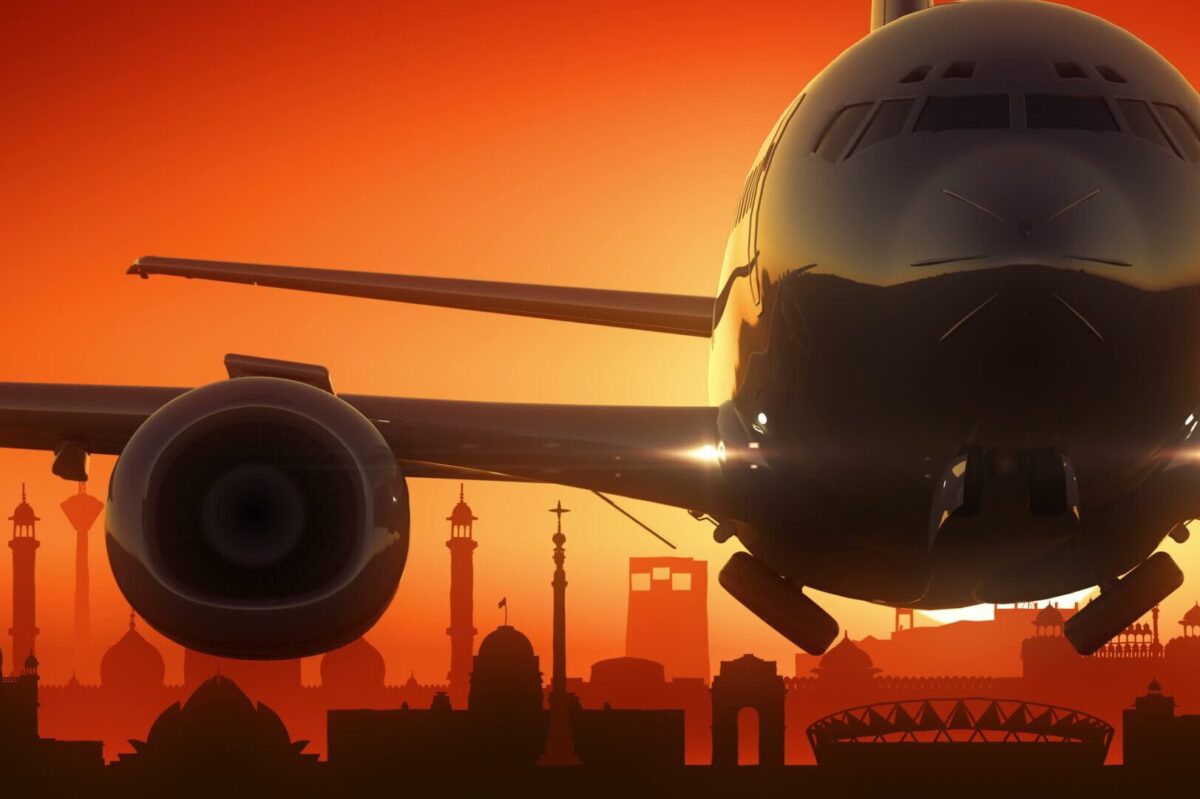India Needs Entirely New Aviation Policy to Meet Its Powerhouse Potential: CAPA

Skift Take
India is on the cusp of an aviation boom as many call the country the “most promising aviation market” globally post-Covid.
With Indian aviation projected to see strong and sustained expansion, aviation consultancy and research firm CAPA India expects the country might need to have the capacity to handle more than 1.3 billion passengers, requiring a commercial fleet of nearly 4,000 aircraft, within two decades.
Outlining a roadmap for a new civil aviation policy, CAPA India said the policy should deliver airline viability and growth by design.
In 2016, India drafted the National Civil Aviation Policy to establish a conducive environment that makes air travel affordable to a larger population.
The policy had set targets to achieve 300 million domestic ticket sales by 2022 and 500 million by 2027, along with an increase in international ticket sales to 200 million by 2027.
In financial year 2023, India’s aviation system handled just fewer than 200 million airline passengers, while 12.9 million passengers took to the skies in India in March, accord

